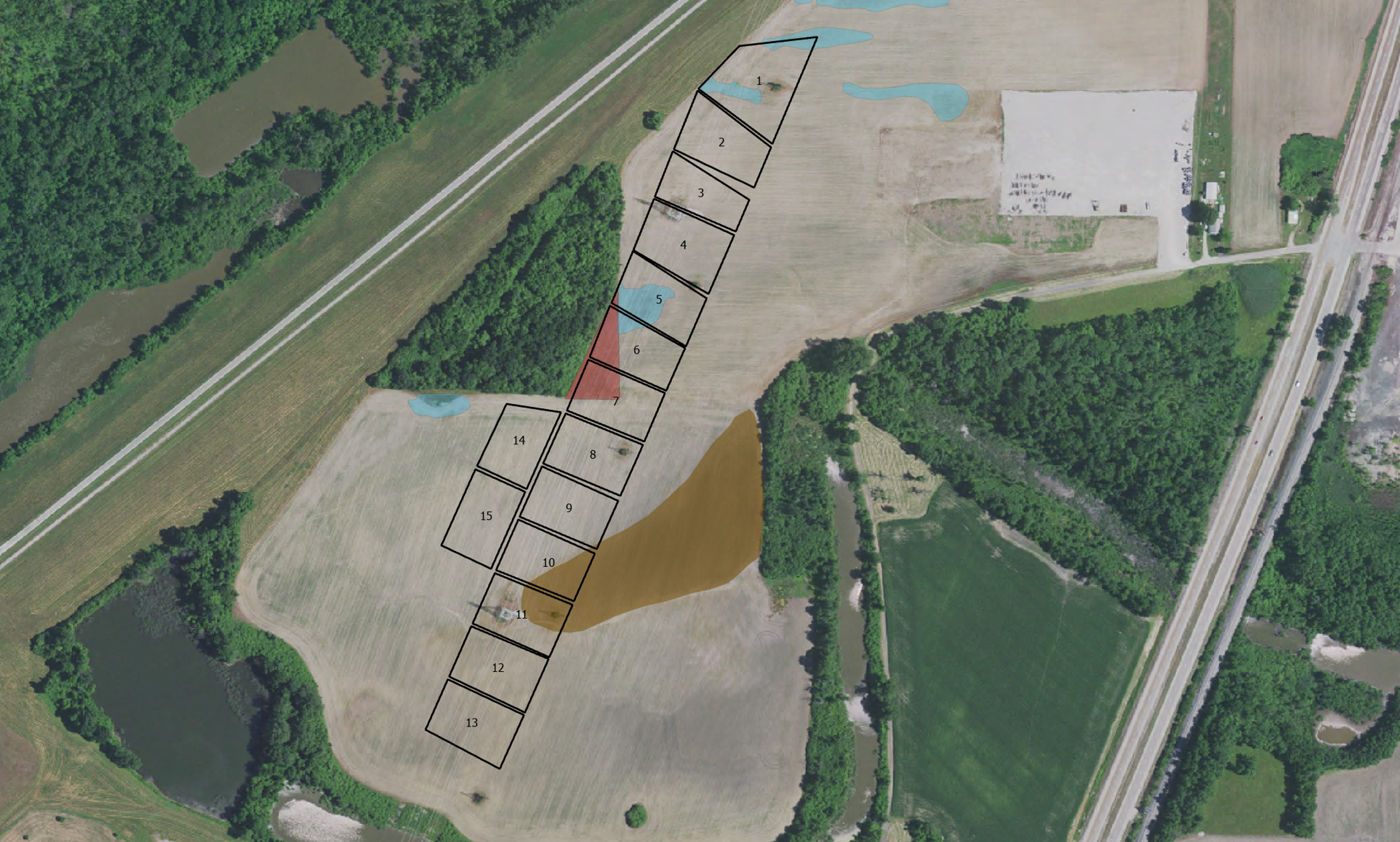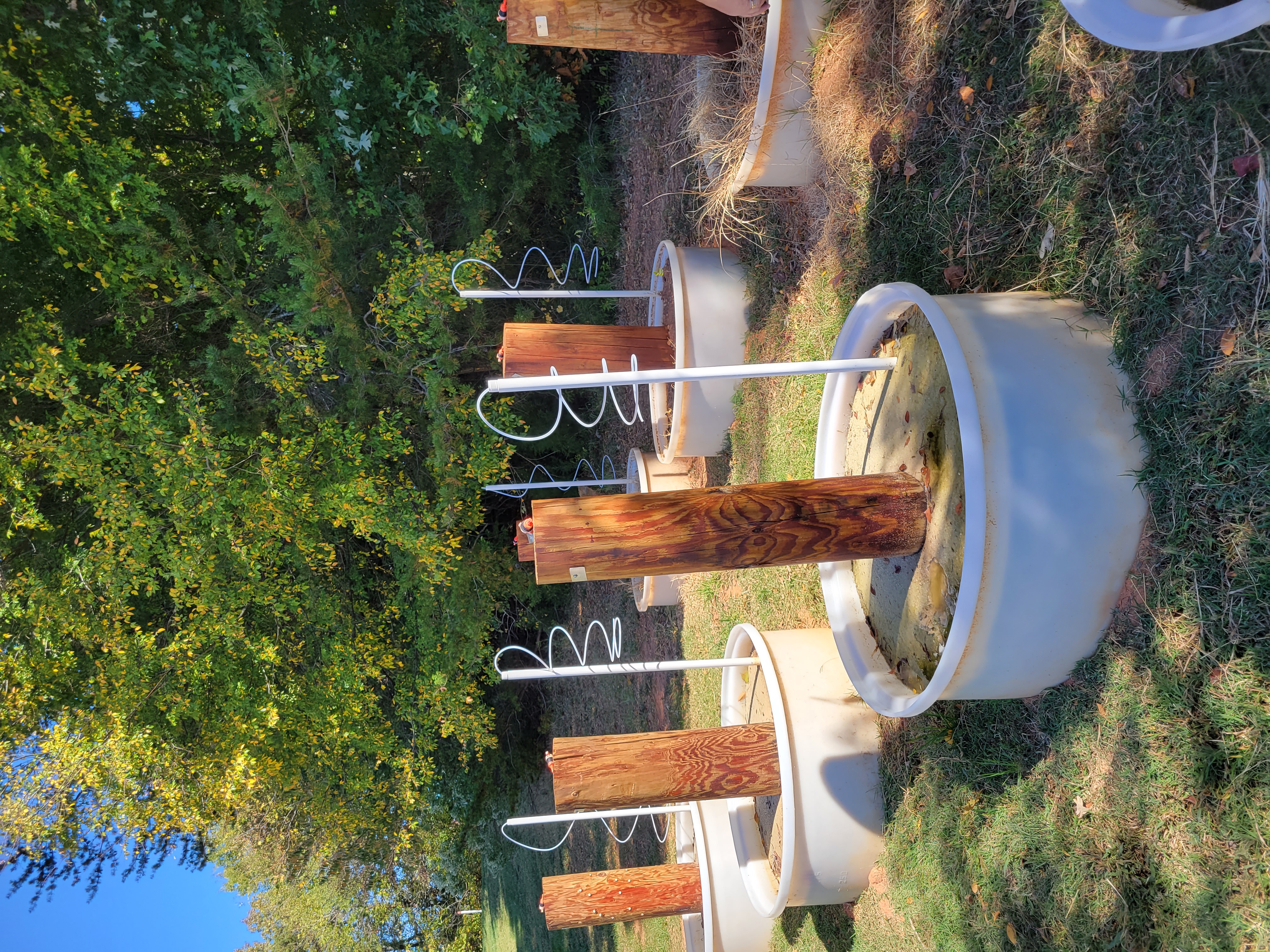Overview
Objective
The relationship between transmission and distribution (T&D) lines and the surrounding environment is complex and multifaceted. Many factors, such as regulations, public interest, equity and environmental justice (EEJ), mitigation and resource protection, need to be considered from the moment the power lines are planned until the infrastructure reaches end of life.
This research aims to identify effective EEJ, mitigation, and resource protection measures to alleviate the potential impacts of new and existing T&D lines and ensure resource protection during construction and maintenance. In particular:
- Evaluate T&D line siting models to inform the development of sufficient and robust alternatives that minimize impacts to important resources
- Develop leading management practices for resource protection during various phases of the line siting, construction, and maintenance process
- Evaluate and implement effective mitigation strategies to minimize and restore impacts from line construction and maintenance
- Evaluate the scale and options for mitigation of project impacts, including permittee-responsible mitigation, use of mitigation/conservation banks, and landscape-scale approaches to mitigation
- Reduce costs and minimize human health and ecological risks from utility poles across their life cycle
- Address regulatory and public concerns about utility poles
- Develop leading practices to incorporate equity and environmental justice measures into the full life cycle of power delivery infrastructure
Approach

Environmental Aspects of Line Siting and Construction:
This task develops guidance to minimize environmental impacts during T&D line siting and construction.

Environmental Aspects of Line Maintenance:
This task develops guidance to minimize environmental impacts throughout the service life of T&D lines.

Environmental Aspects of Poles:
This task performs studies and laboratory testing to address environmental concerns related to T&D line poles.
Research value
- Evaluates methods through which T&D line projects can be constructed and maintained while protecting environmental resources
- Evaluates environmental performance of wood pole preservatives
- Evaluates methods for preventing or mitigating and remediating environmental impacts from wood pole preservatives
- Improves operational, financial, environmental, and human health risks management of new and replacement poles, including non-wood alternatives
- Assesses the potential for T&D line projects to increase biodiversity and protect natural resources
- Provides data for utilities to avoid pitfalls and to inform the environmental permitting and review process
- Improves communications with internal stakeholders, including scientists, engineers, purchasing agents, and others
- Improves communications with external stake- holders, including regulators, policymakers, other researchers, the media, and the public
Research plans
Current long-term projects
Fate and Transport of DCOI
This project uses DCOI-treated wood poles installed in tubs filled with red clay and silicon sand to assess the potential for DCOI to leach to the soil and porewater in the tubs. This project collects yearly samples in 2023, 2024, and 2026. The results of the yearly sampling would be used in 2025/2026 to update the Utility-Focused Risk Evaluation of DCOI for Wood Utility Poles.
Project span: 2023-2026
Can machine learning identify cultural resources?
The pool of cultural resource SMEs is limited; however, new infrastructure requires cultural resource surveys. Use of remote sensing (satellite and UAV data) may alleviate the labor constraint for cultural resource identification. This project proposes to combine remote sensing and machine learning to evaluate the feasibility of identifying cultural resources.
Project span: 2024-2025
2025 project
Considerations for Incorporating Climate Change into Infrastructure Siting Methodology
T&D infrastructure is sited in the present with the intent to remain in place for decades. Changing climate patterns may alter the approach for infrastructure siting in the future. This project proposes to evaluate existing literature in support of this topic, as well as evaluate how climate models may be incorporated into siting to account for potential future changes.